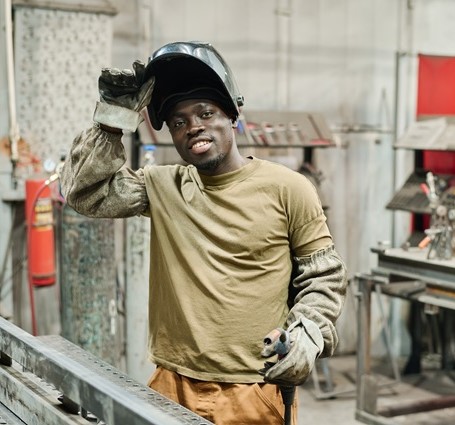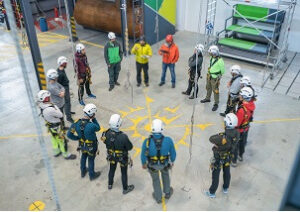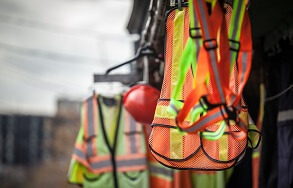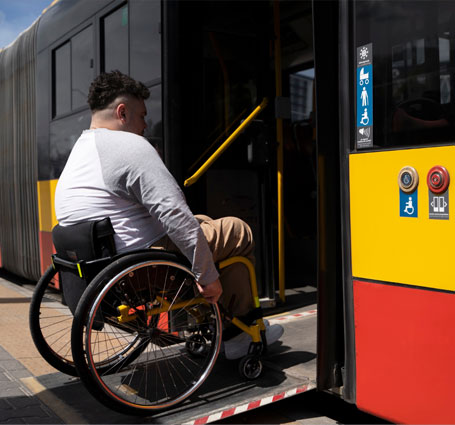
Apex Student Spotlight: Tyree Damian Joshua
In today’s competitive job market, specialized skills and credentials are crucial. Trade schools like Apex Technical School in New York City offer the
Construction and building sites are bustling, active locations. They can be exciting and energizing places for individuals in the construction and building trade—but they can also be dangerous places for unskilled workers. It’s important that individuals in the construction trade understand how to keep themselves and others safe on site while minimizing their risk of injuries.
A site-specific safety plan is a document that outlines how a general contractor will manage the risks, health and safety requirements at a specific construction or building project. It helps set expectations for everyone working on the construction site. The construction site safety plan is written for all employees at the jobsite so they are aware of hazards and ways they can prevent injuries.
Safety plans include wearing protective gear, such as hard hats, steel-toe boots, gloves, long sleeves and safety goggles. Some workers use ear protection to help shield high-pitched noises produced by tools and equipment. Respiratory protection safeguards workers who may be working around dust, paint or chemical fumes.
Protective gear is often designed to keep workers safe from debris that may fall from overhead or liquids on the ground that could lead to slips and falls. Some workers may need to complete tasks high off the ground. As a result, they might rely on protection such as harnesses or nets that serve as an extra layer of security.
Joining safety meetings is one of the best ways to prevent construction jobsite injuries. Safety meetings often occur daily before workers begin their tasks. The project manager may remind workers about safety protocols, make announcements or demonstrate how to use a tool or piece of equipment. Frequent meetings keep safety information fresh and relevant—and workers may be more cautious after they attend a meeting.
Similarly, trainings keep construction and building workers up to date with new methods, tools and industry knowledge. They teach workers how to recognize and minimize jobsite hazards.

Technology can make it easier to communicate on construction sites. Hand-held radios allow workers to talk about plans and safety from a far distance or in noisy environments. Some construction site planners and contractors use unmanned aerial vehicles, known as drones, to safely inspect sites and conduct audits.
Smartphones and tablets can give workers access to project data and safety protocols. By using a variety of devices, construction site workers can quickly and safely communicate and call for help if an injury occurs.

Are you interested in learning more about the Construction and Building Skills program at Apex? Explore our program to find out more about our classes.
*Apex Technical School and its instructors are licensed by the State of New York, New York State Education Department.
Disclaimer: Apex Technical School provides training for entry-level jobs. Not everything you may read about the industry is covered in our training programs.

In today’s competitive job market, specialized skills and credentials are crucial. Trade schools like Apex Technical School in New York City offer the

We all want to be included, from kids on the playground to adults in the workspace. Inclusion generates a sense of belonging among

Apex Technical School Construction & Building Skills Trade Instructor Shannon Wright Finds Success in Conveying Knowledge and Skills to the Next Generation Shannon